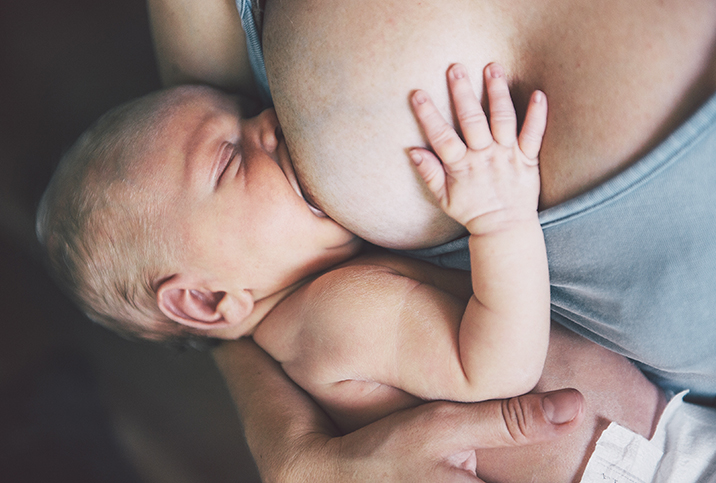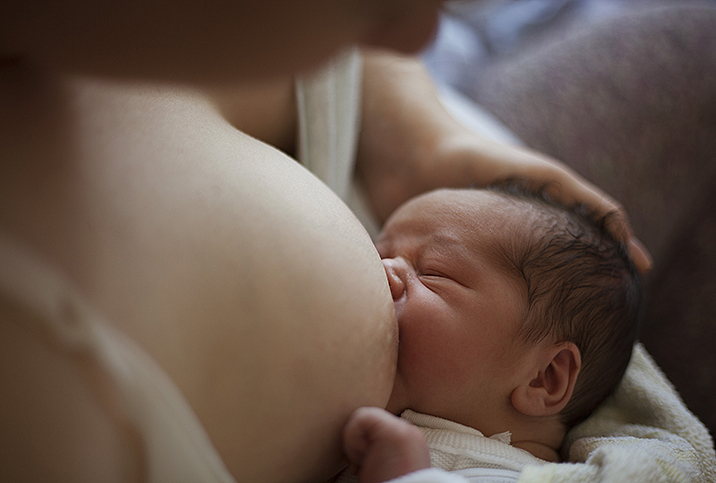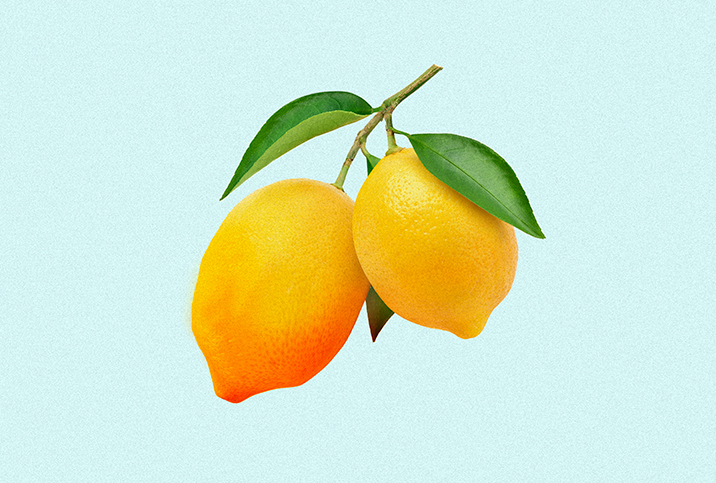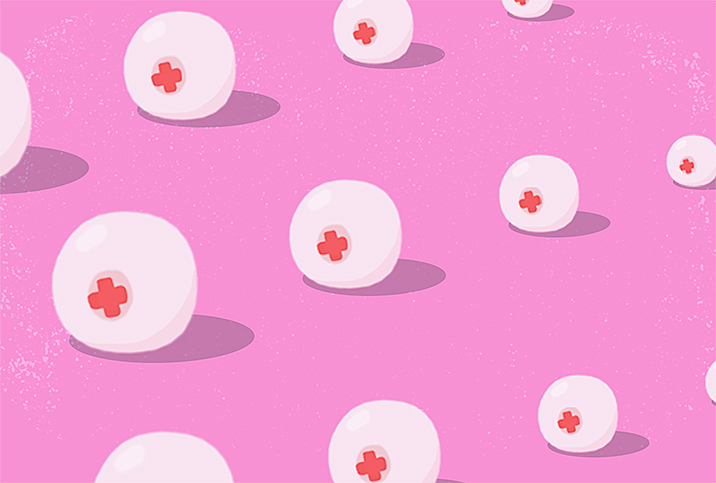Mandy Moore Struggles With Mastitis While Breastfeeding Her Son

Actress Mandy Moore has revealed that she is struggling with mastitis. In an Instagram story, the star posted a photo of herself breastfeeding her son Oscar.
"Trying to cut off this mastitis at the pass. Whew," she said in the Nov. 11 post. Moore gave birth to Oscar in October 2022.
Mastitis is defined by Mayo Clinic as inflammation of breast tissue that can lead to infection.
"Mastitis is a bacterial infection of the milk ducts or inflammation of the ducts," said Danielle Gauss, an international board-certified lactation consultant (IBCLC) based in Irvine, California. "It literally feels like your boob has the flu. This can be caused by many reasons.
"There is a high incidence of mastitis often due to undiagnosed tongue ties, specifically, posterior tongue ties, which often get missed because pediatricians, unfortunately, do not have training in the area," Gauss said. "We are seeing an increase in oral tethering, which cascades into poor latch, poor breast drainage, which leads to clogs and, ultimately, mastitis."
What are the symptoms?
Mastitis symptoms may include breast tenderness, swelling or a lump; pain or burning while breastfeeding; or red, hot or inflamed skin. You may also feel generally ill.
"The breast turns red, is hot and inflamed, and extremely painful," Gauss said. "If mom has fibrocystic breast tissue, the breast is more prone to infection, as well as if mom is wearing underwire."
Mastitis affects about 20 percent of breastfeeding women, according to a study published in BMC Family Practice, and can be treated with antibiotics.
Moore followed her post with another picture on Nov. 12 of her holding her son, adding, "Turns out mastitis is brutal, but antibiotics turned my world around in 24 hours."
This isn't the star's first struggle with breastfeeding. In August 2021, the lead in "A Walk to Remember'' shared a photo of herself breastfeeding her son August, born in February 2021. She detailed her various struggles while working and attempting to breastfeed her son.
"Breastfeeding is not always smooth sailing (clogged ducts, timing life around feedings, pumping for when I'm at work, etc…) but nursing this baby boy for the past nearly 6 months has been a beautiful, messy and an oh so rewarding experience I will treasure forever. It goes without saying that #fedisbest and I'm grateful to my body and the tremendous support I've had around me (especially in the beginning days and weeks when I had no clue what I was doing) for allowing me this time to nourish my sweet guy," she wrote in the 2021 post.
Understanding mastitis
Causes of mastitis include clogged milk ducts, which can lead to a buildup of milk and then infection, or bacteria entering the breast from the baby's mouth or the skin's surface.
Mastitis can be extremely painful if not treated properly and lead to the thickening of breast tissue, which causes lumps that are very uncomfortable.
When dealing with this condition, there are a few steps you can take to manage the symptoms. Continuing to breastfeed with the affected breast is one of the best ways to combat this condition. Breastfeeding with the affected breast can help unclog the ducts and improve milk flow. It's also helpful to know the use of the breast causes the pain to go away gradually.
Taking a hot shower can help loosen up some of the hardened breast lumps caused by the infection. To help loosen up and unclog breast ducts, massage the breast in the area of any hardened lumps. This action may cause some discomfort at first.
Applying coconut oil to cracked nipples can help relieve dryness and act as a natural antibacterial, and the oil is safe for the baby to ingest in moderation. However, be sure to check if your baby experiences any irritation.
When to see a doctor
Treatments vary, but it's important to know when to see a healthcare professional. If you don't treat mastitis properly, or if it's caused by a blocked duct, an abscess (collection of pus) can develop in your breast. This condition usually requires surgical drainage, so it's important to talk to your doctor as soon as you have any signs or symptoms of mastitis.
To prepare for your appointment, keep note of your symptoms, as well as any questions you might have for your doctor. You might be referred to a lactation specialist for ongoing support.
After mastitis
Mastitis is a common condition and doesn't mean you did anything wrong while breastfeeding. It occurs in many stages of the breastfeeding journey and likely won't occur only once. But there are ways to prevent such a condition from happening.
Consulting a lactation specialist is one of the best ways to prevent mastitis from recurring. You can also minimize your chances of getting mastitis by fully draining your breast of milk while breastfeeding, making sure your baby latches properly and changing breastfeeding positions between feedings.
"If [the] mother gets mastitis, there are holistic and medical methods to treat it," Gauss said.
To prevent mastitis, Gauss recommended taking 1,200 milligrams of sunflower lecithin daily.
"A visit to your IBCLC can help tremendously," she said.
Mastitis can cause you to feel as if you don't want to breastfeed, which can lead to new mothers weaning their babies off breast milk before they intended to do so. However, continuing to breastfeed, even while treating this condition, is better for you and your baby.


















